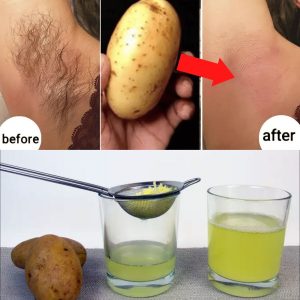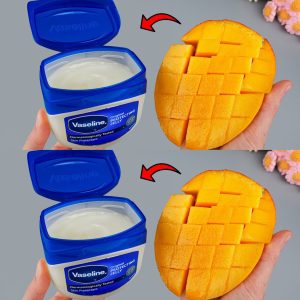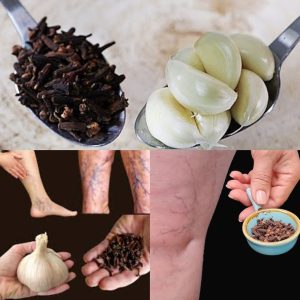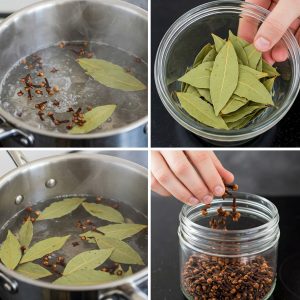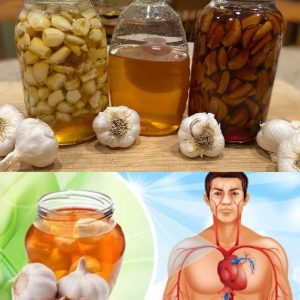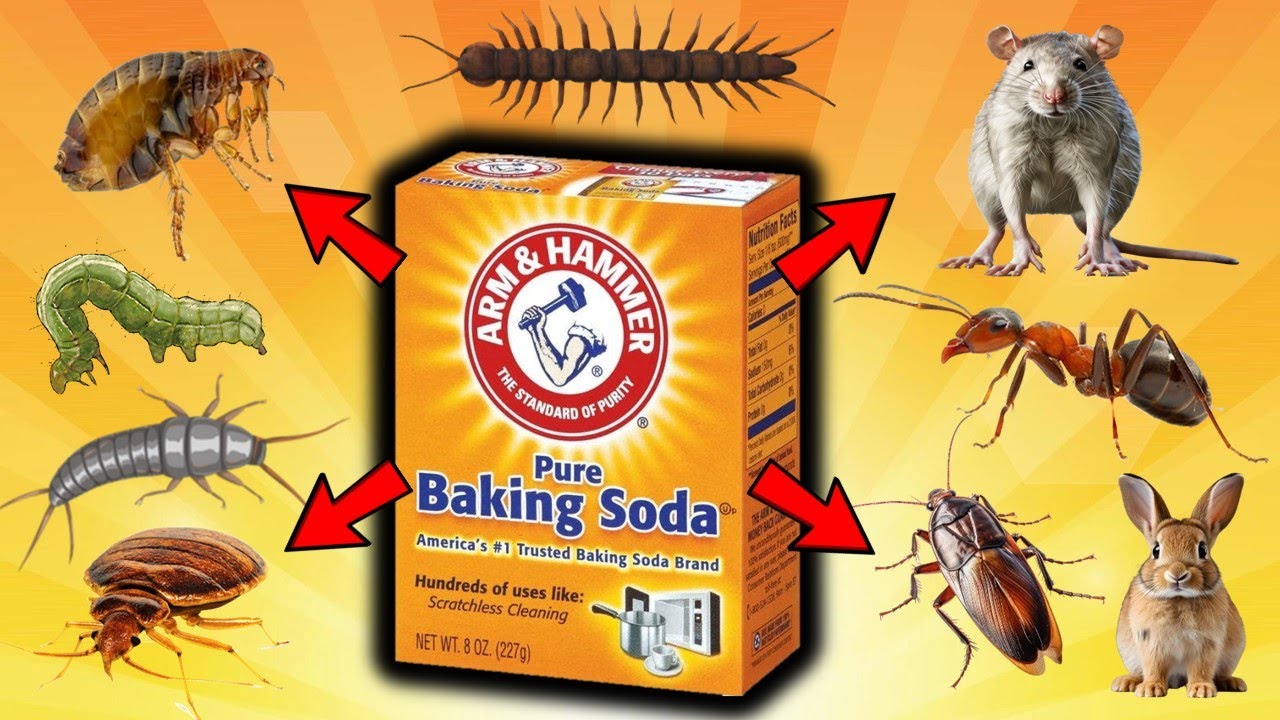
Have you ever imagined that a common kitchen staple like baking soda could be your ally in keeping pests at bay? Yes, that little box of baking soda not only makes cakes fluffy and helps with household cleaning but also acts as a surprisingly effective pest control agent. Whether you’re dealing with fleas, mice, or ants, baking soda might just be the solution you need.
1. Fleas: Fleas can be a nuisance, especially if you have pets at home. To tackle fleas with baking soda, mix it with salt in equal parts and sprinkle the mixture on your carpets and pet bedding. The combination dries out the fleas’ bodies, leading to their demise. Vacuum thoroughly after a few hours to collect all the fleas and their eggs.
2. Mice and Rats: These critters detest the scent and taste of baking soda. Sprinkle baking soda in areas where you suspect mice and rats frequent, or mix it with a bit of sugar to attract them to the bait. Once ingested, the baking soda reacts with their stomach acids, creating internal complications for these pests.
3. Cockroaches: Cockroaches can be tricky to get rid of, but baking soda comes in handy here as well. Mix equal parts of baking soda and sugar to attract cockroaches. They are drawn to the sugar and inadvertently consume the baking soda, which is fatal for them. Place this mixture near suspected entry points or hiding spots.
4. Ants: Similar to cockroaches, ants are attracted to sweet things. A mixture of baking soda and powdered sugar placed along the paths where ants are observed can help reduce their numbers. The ants carry the particles back to their colony, which helps in controlling the population.
5. Bedbugs and Centipedes: Sprinkle baking soda directly onto bed frames, mattresses, and other areas where bedbugs show up. Baking soda absorbs moisture from the bodies of bedbugs, leading to dehydration. For centipedes, dusting areas with baking soda disturbs their habitat and can help keep them away.
Using Baking Soda Safely: While baking soda is a non-toxic option compared to chemical pesticides, it’s essential to use it wisely. Keep it away from areas frequented by small children and pets, and ensure good ventilation when applying it for pest control.
With these simple tips, baking soda can become a valuable part of your pest management strategy, helping you maintain a more comfortable and pest-free home. So next time you’re at the store, you might want to pick up an extra box—not just for baking, but for bug-busting too!
